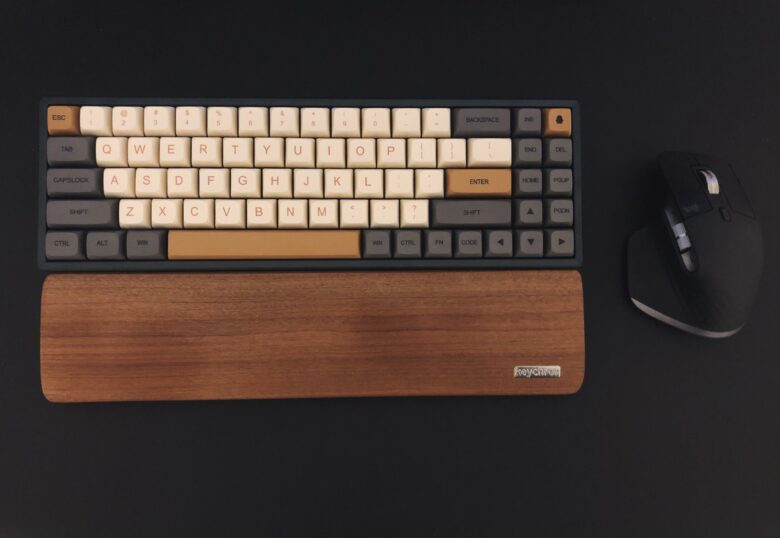Most of the time, when we talk about home automation, we’re talking about Apple’s HomeKit system. But today’s featured computer setup, which relies on a formidable M1 Max MacBook Pro and dual displays, goes another route.
The homeowner runs a Raspberry Pi with open-source software to achieve about 50 automations, including Siri integration.
This post contains affiliate links. Cult of Mac may earn a commission when you use our links to buy items.
M1 Max MacBook Pro anchors home-automation station
Redditor bob_the_lego_builder, whom we’ll call Bob, showcased the setup in a post entitled, “WFH Macbook Pro M1 Max Set Up.”
Bob runs a 16-inch M1 Max MacBook Pro with a Liquid Retina XDR Display. It features a 10-core CPU for raw computing power, a 24-core GPU to handle graphics-intensive apps and games, and a 16-core Neural Engine for speedy machine learning.
Dual displays via Dell dock
He connects the laptop via a Dell WD15 4K Monitor Dock and USB-C to HDMI cables to a 34-inch Dell UltraSharp Curved LED Monitor and a 24-inch Acer Full HD Monitor. The two screens sit on a Huanuo Dual Monitor Stand.
When a commenter shared their issues with variable refresh rates of dual monitors with an M1 Max Mac Studio and asked if Bob had them, he said no. But another commenter offered an informative take on it that could be useful for some people:
You probably wanna use a displayport-to-USB-C cable to unlock your refresh rate. I discovered this by accident when I was having issues with my CalDigit TS3+. Thought I should at least be able to pass through 144hz via DP-to-DP cable to my dock, but it was no dice. I was really trying to go for a SINGLE cable solution. I was trying to troubleshoot something else so I ended up using a DP-USBC cable and plugged it alongside the cable (which leads to my dock). Meaning the monitor is independently connected to my 14-inch MBP. Lo and behold, I now have 144hz, and I decided it was worth the hassle of two connections. If you are curious, I have the LG 27GN950 with gsync/144hz/IPS.
Keychron K14 wireless mechanical keyboard
His input devices are the ubiquitous Logitech MX Master 3 wireless mouse and a keyboard we don’t see every day. It’s a Keychron K14 wireless mechanical keyboard. We see Keychron K-series keebs a lot, but not the K14. It’s a 70% layout, 72-key board with RGB backlighting on an aluminum frame.
Like a tenkeyless (TKL) keyboard, it retains direct access to the entire navigation cluster — home, end, arrow keys, etc. — like a tenkeyless keyboard, but in a smaller footprint.
Raspberry Pi and Home Assistant app
And while the above describes the main setup, Bob has other computing power in the house. He runs a Raspberry Pi device with open-source Home Assistant software to automate the home. He said he runs about 50 automations.
Here are some of his favorites, including his top choice, which involves Siri getting more involved than usual:
All lights turn on and off based on motion.
Light dims based on time so at night it would gradually dim down.
Robot vacuum runs every two days and after it is done, it goes to my trash so I can see it and empty it.
At 9:30 pm, if my Tesla isn’t plugged in and is home, my Google Homes makes an announcement to all my speakers that the car isn’t plugged in and tells me how much battery it has. If the car isn’t home, it waits 10 minutes until after I arrive home and runs this check.
If I’m watching TV and motion is detected at the door, a snapshot is taken from my Ring Doorbell and is shown on the bottom right of my TV.
My Ring alarm automatically gets armed if no one is home.
When my TV gets turned on/off, my Govee immersion lights gets turned on/off.
If it is at night and I turn on my TV, my living room lights automatically dim.
When I arrive home in my car, garage door automatically opens.
Out of the box my smart door lock automatically locks even if the door isn’t closed. So I created an automation to check if the door is actually closed before it locks my front door after a few minutes.
Closet lights automatically turn on when I open my closet and turns off when I close it.
I have water sensors under my sinks so if a leak is detected, it makes an announcement on all my speakers and I also get a text.
My wife’s favorite is she always misplaces her phone so she can ask Google to find her phone and it triggers her phone to play an alert ringtone. This still plays even if her phone is on silent.
This is my favorite. Most smart devices aren’t compatible with Siri but Home Assistant makes it so all of them can now be controlled by Siri. One thing I still need to do is configure my “Insert” button on my keyboard to activate Siri. Current default shortcut for it is kind of inconvenient.

Photo: bob_the_lego_builder@Reddit.com
Shop these items now:
Computers and dock:
Displays:
- 34-inch Dell UltraSharp U3415W Curved LED Monitor
- 24-inch Acer K242HYL Full HD Monitor
- Huanuo Dual Monitor Stand
Input devices:
- Keychron K14 wireless mechanical keyboard
- Keychron wooden palm rest
- Logitech MX Master 3 wireless mouse
If you would like to see your setup featured on Cult of Mac, send some high-res pictures to info+setups@cultofmac.com. Please provide a detailed list of your equipment. Tell us what you like or dislike about your setup, and fill us in on any special touches or challenges.
![This is how you power a home-automation station [Setups] An M1 Max MacBook Pro and Raspberry Pi help make this a home-automation station.](https://www.cultofmac.com/wp-content/uploads/2022/07/jwxjcwtgyo991-1536x1152.jpg)

